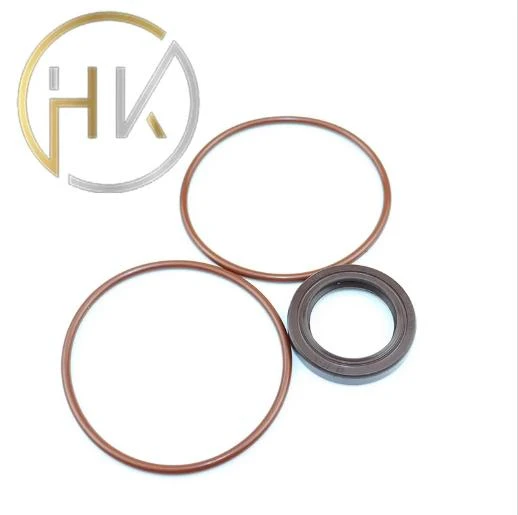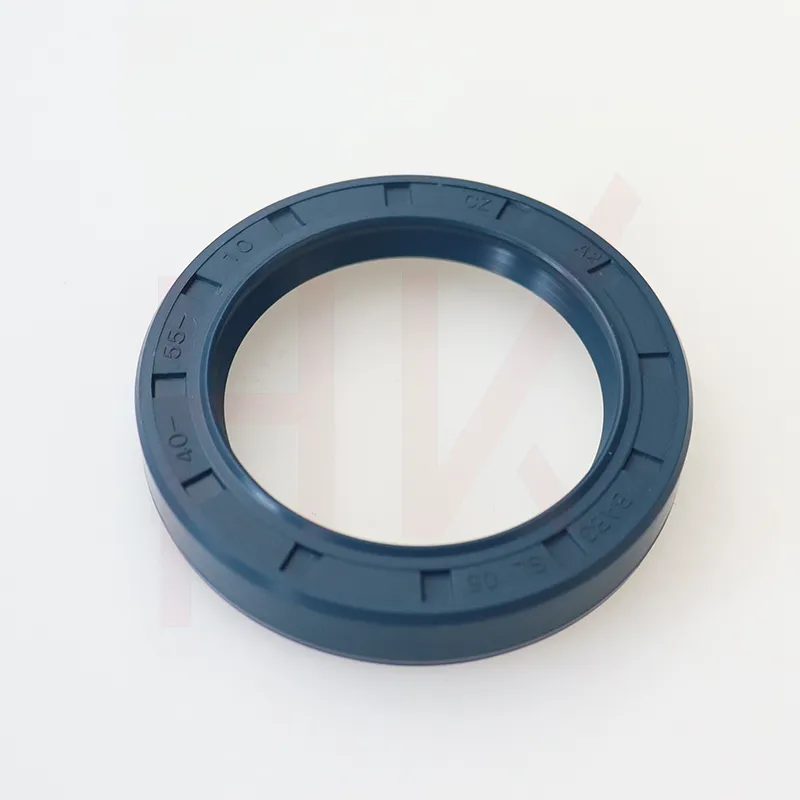ජන. . 20, 2025 13:23 Back to list
Standard Hydraulic DKB Type Dustproof Wiper Oil Seal


Installing New Seals With Precision Installing new seals is a precise operation requiring patience and precision. Each seal must be matched accurately with its groove and oiled slightly for ease of placement and flexibility. Mind the directionality of seals—some are designed to face pressure and require specific installation methods. Using specialized seal installation tools can aid in avoiding overstretching or damaging seals during installation. Reassembling the Cylinder Reassembly is a critical phase where the knowledge of experienced professionals is most beneficial. Each component must be returned to its exact position with diligence, ensuring that torque specifications are met and the seals are seated correctly. Any misalignment can lead to leaks or malfunction, undermining the entire seal replacement process. Testing for Functionality and Leaks Post-reassembly, the hydraulic system must be rigorously tested under operating conditions. Observing the system's pressure, checking for leaks, and listening for unusual sounds can help diagnose potential issues before they cause equipment failures. A small initial test followed by a full-scale operational test helps verify the integrity of the seal replacement. Scheduled Regular Maintenance To maximize the efficiency and lifespan of installed seals, regular maintenance schedules should be adhered to rigorously. Check hydraulic fluid levels, inspect seals periodically for signs of wear or damage, and perform scheduled system checks. This proactive approach not only forestalls sudden failures but also optimizes equipment functionality. In conclusion, replacing seals in a hydraulic cylinder, while appearing complex, is a task that can be accomplished effectively by adhering to a methodical approach grounded in expertise and attention to detail. Implementing this comprehensive guide, enriched with expert insight, facilitates not only confidence in the process but also secures the durability and reliability of hydraulic systems post-maintenance.
-
TCN Oil Seal Metal Ring Reinforcement for Heavy Machinery
NewsJul.25,2025
-
Rotary Lip Seal Spring-Loaded Design for High-Speed Applications
NewsJul.25,2025
-
Hydraulic Cylinder Seals Polyurethane Material for High-Impact Jobs
NewsJul.25,2025
-
High Pressure Oil Seal Polyurethane Coating Wear Resistance
NewsJul.25,2025
-
Dust Proof Seal Double Lip Design for Construction Equipment
NewsJul.25,2025
-
Hub Seal Polyurethane Wear Resistance in Agricultural Vehicles
NewsJul.25,2025
-
The Trans-formative Journey of Wheel Hub Oil Seals
NewsJun.06,2025
Products categories
















